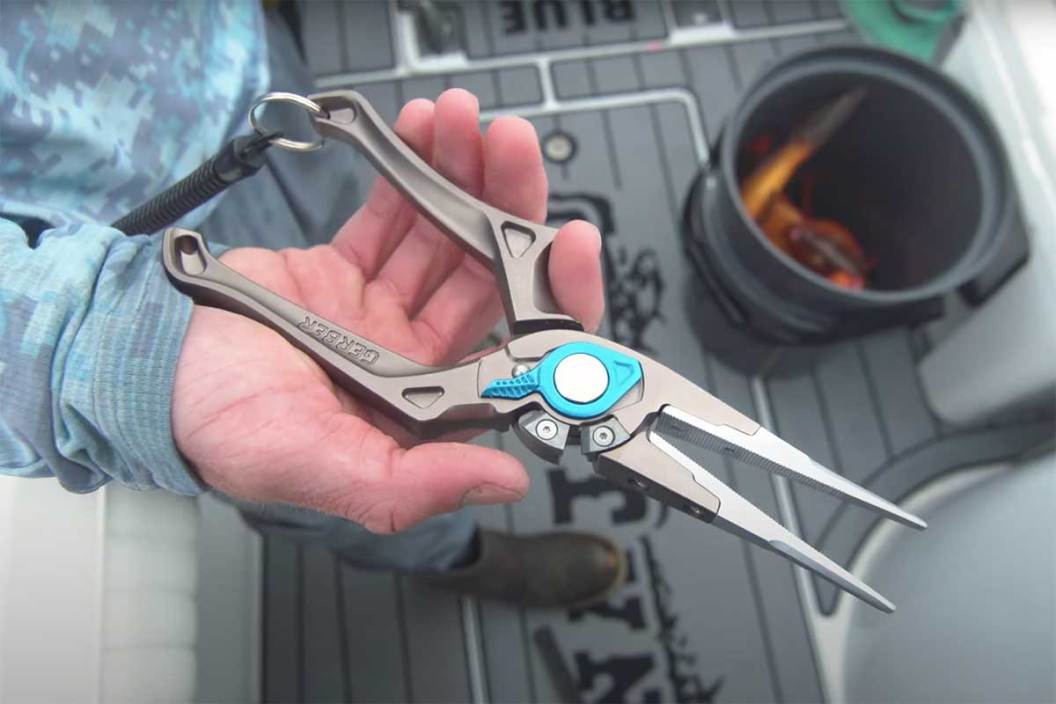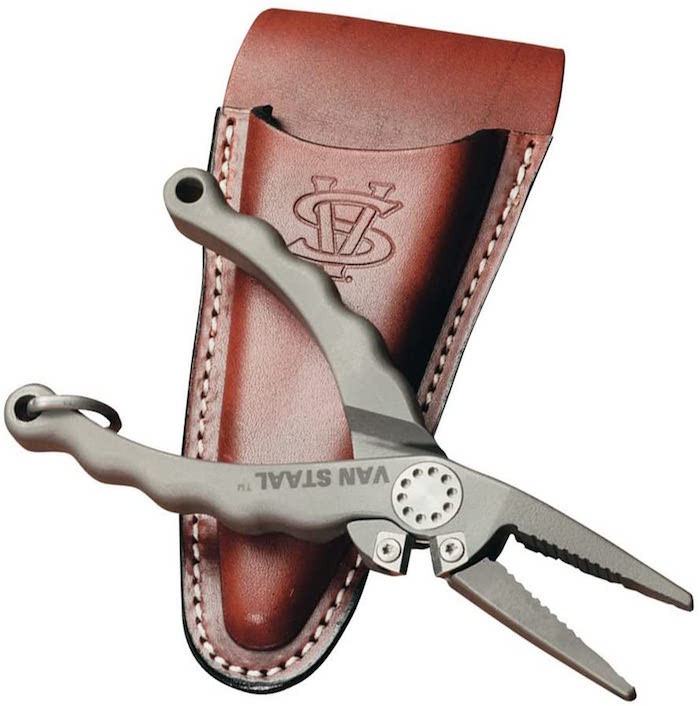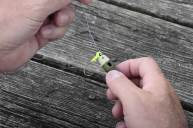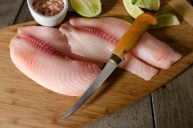Every tackle box should have a solid pair of fishing pliers, as it can not only make a world of difference for you, but also for that big fish you reel in from either saltwater or freshwater. This crucial tool is, for whatever reason, often one of the most overlooked items among anglers, and forgetting to bring them out on the water can truly spell disaster if you find yourself with an ugly hook set. And, when we desperately need them, the level of quality in your pliers can make a huge difference, especially over a long period of time. A cheap pair will quickly collect rust and become less effective, whereas a nicer model will last for years to come without any signs of wear or tear.
While you may not want to spend a lot of money on them, you'll end up spending more in the long run by constantly replacing cheaper options. So, if you plan to do a lot of fishing down the road, go ahead and spend the money now. Today, we'll walk you through sets quality fishing pliers apart from the rest, and a handful of options that will find a permanent home in your boat.
What makes a good pair of fishing pliers?
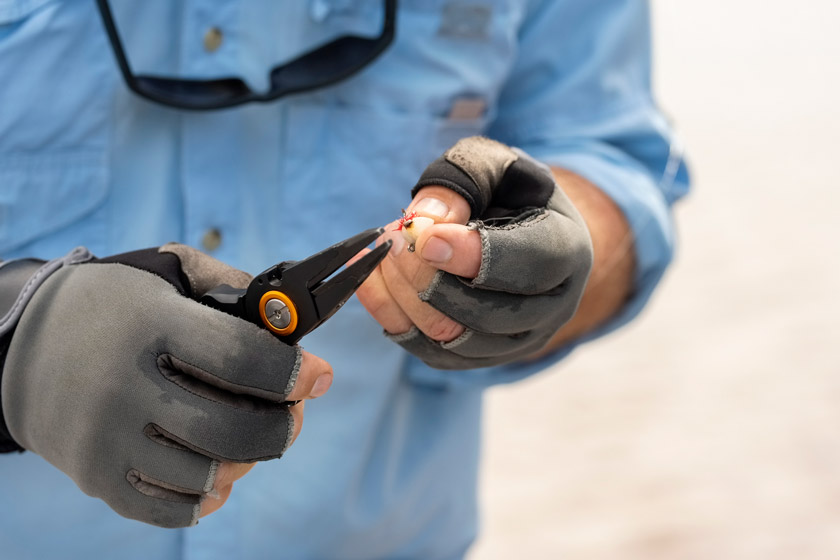
Getty: NickyLloyd
First thing's first: you want your fishing pliers to feature a nice grip. If you're thinking only water can make you lose your grip, think again. Whether it's sweat, fish slime, oil, bait, sunscreen, bug lotion, or your favorite lure scent causing the problem, the fact of the matter is fishing is a slippery business. You don't want to be rushing to drive off your hands while you have a fish struggling out of the water. Now, those grips can vary quite a bit, but they typically feature rubber or titanium, and ideally you'll want to find a pair with a molded grip.
Next, you have to consider nose length, which is crucial for certain species of fish. For example, if you're after pike or muskie, you're going to need a way to get deep into those mouths without catching your fingers on that mess of teeth. Similarly, saltwater gamefish can be very large and aggressive when out of the water, but conversely, length isn't as important if you're fly fishing a small stream for trout. So make sure the pliers match up with the type of fishing you plan to do.
Then you have cutters, which come in the form of line cutters and side cutters, both of which have a distinct purpose. Line cutters almost always work for monofilament and fluorocarbon, but braided line demands a sharper edge, so ideally you want to have something sharp enough to cut through all three. Side cutters, on the other hand, are what you'll use to cut off hook shanks. But to be effective, your pliers need to be extra strong.
Finally, you have some optional features to entertain, starting with a split ring removal tool. This is most often a custom feature, but it can come in clutch when you're forced to replace a treble hook on a lure. You can save yourself a lot of time and frustration by not having to thread it with your fingers. You also have the option of a lanyard, which does call for a lanyard loop, or a sheath. If you're fishing somewhere without a boat and need to be hands-free every now and then, it's good to have a way to stow your pliers easily.
Products featured on Wide Open Spaces are independently selected by our writers and editors. However, when you buy something through our links, we may earn a commission.
Gerber Magniplier 7.5 in Needle Nose Pliers
These pliers are very comfortable and fit great in the hand. The cutters and nose of the pliers are replaceable, which makes them even better for the price. The cutters work very well for all three line types, including braid.
This pair of pliers is angled off-axis from the handle to improve line of sight during use, and gives better control when removing a hook. The Magniplier comes with a sheath and lanyard as well.
Bubba Pistol Grip Fishing Pliers
This is one of the best gripping pliers, it's made with stainless steel jaws and tough carbide cutters. Bubba is one of the most well known names in the fishing industry and comes highly recommended by many users. These feature split-shot and leader-sleeve crimping cutouts and come with their own sheath.
KastKing Cutthroat 7 inch Fishing Pliers
These pliers have a rubber grip on the handle and are very comfortable in the hand. The are made of corrosion resistant stainless steel with a teflon coating. The pliers have serrated jaws, crimping slots to secure a split shot, and a cutter to cut a leader or line.
Van Staal 6" Titanium Pliers
If you're looking to really go big, this pair from Van Staal come in at just over $300. You can at least drool a little while looking these over. Saltwater or freshwater, it doesn't matter because these bad boys are the last pair of fishing pliers that you will ever buy. Made from corrosion-proof 6AL-4V titanium, these insanely lightweight pliers are engineered for performance and built to last a lifetime. The fully replaceable tungsten cutters easily and cleanly bite through braid, mono, fluorocarbon. The pliers come with a beautiful leather sheath that features a belt loop for easy attachment, and a unique lanyard that secures the pliers close to you.
There is clearly a difference between aluminum fishing pliers, stainless steel pliers, and titanium models that are the top of the line. As long as you factor in durability, corrosion resistance, or some combo of the two, you'll be narrowing in on a great pair of fishing pliers.
Just remember that a good fishing tool like this should cut every type of fishing line you use and have a great gripping ability. Whether it has a nylon sheath or a leather sheath is less important, but all comes down to function in the field.
A pair of fishing pliers may or may not change the course of your fishing trip, but one thing is for sure: the right tool at the right time can save you a lot of headaches.
Looking for a little more or even hot lunch for your hunting blind? Follow my webpage, or on Facebook and YouTube.
